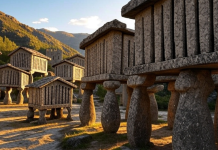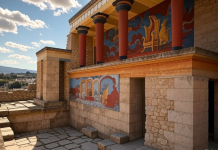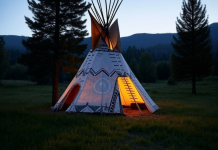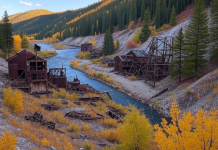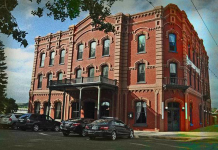From the drovers of the cattle drive era to today’s rodeo athletes, cowboys have long been wearing chaps. These leather leg coverings, often adorned with fringe and patterns, have become an icon of cowboy culture.
So why do cowboys wear chaps?
Protection:
Chaps help to protect the rider from facing the brunt of the debris, so that not only do their pants come out the other end looking brand new, but their legs also come out unscratched and unharmed.
Comfort:
If you have ever ridden a horse for a long period of time, you may have experienced some extreme discomfort. Chaps allow you to sit comfortably in the saddle, mount, and dismount while also providing leg protection and seat grip.
Different styles of chaps:
Armitas are the oldest style of chaps worn in the United States. This style originated on the haciendas of Spanish colonial ranches and is a closed, three-quarter-length design. They are secured by a strap around the waist.
Chinks are thought to have been developed on ranches in California. This style is much shorter than armitas and is secured on the upper thigh. In terms of coverage, they occupy a middle ground between batwing and shotgun chaps—they fit close to the leg without being tight or restrictive.
Shotgun chaps offer the most protection from brush, thorny plants, rain and snow. This style started with Texas cowboys, and the popularity of this style peaked in the 1870s. They do not have a flap like the batwing chaps, but they do flare enough near the bottom to fit over boots.
Batwing chaps are one of the most distinctive styles. They are more open, and over more airflow than other styles. The name comes from the flap design that makes the wearer look like they have “wings” on their legs.
Woolies are a style that is little worn today but has been immortalized in the paintings of Frederic Remington. This style originated in the northern latitudes of the country where warmth was needed in winter. This style of chap is usually made with a fleece or cut from hair-on cow or buffalo hide, then lined with canvas for added moisture resistance. This style appeared in the 1880s and was popularized in early Western movies.
Why some chaps have fringe:
These days, fringe is largely decorative, but its origin is functional: fringe funnels raindrops off the rider’s leg instead of letting the water collect on the leather.
The word chaps is short for “chaparejos” (shap-ar-EH-hos), the most accepted pronunciation of the word in ranching circles is “shaps.”

